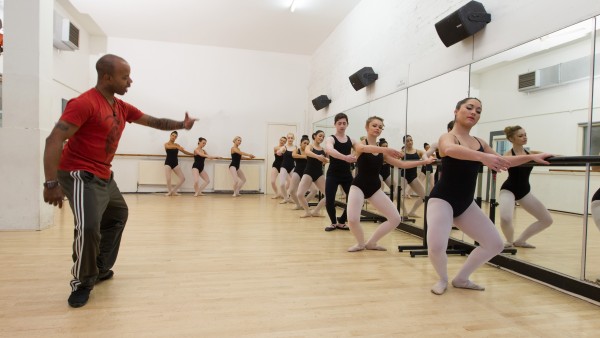
Ballet
Ballet is as much an art as it is a dance. It combines beauty, expression, and drama in quite a unique way, enchanting audiences since the 15th century. The French king, Louis XIV, was passionate about Ballet and instrumental in forming the Académie Royale de Danse in 1661. With King Louis’ love of Ballet driving the promotion of Ballet, France soon became the global home of Ballet. This is why French is the language used to describe the moves.
Why do we teach Ballet?
Ballet is the dance on which virtually all other dances are built. Ballet strengthens the body and develops posture, grace, and balance. One of the ways that agents or directors can filter out unsuitable commercial dancers at auditions is to ask an entire group to perform Ballet moves. Knowing Ballet will also help you master other dance styles, such as Krumping, Jazz, and Waacking.
Ballet dance moves
Ballet is defined by its gracious, delicate, and controlled moves.
Ballet moves include:
- Pirouette
A classical ballet move that requires supreme balance. The Pirouette involves spinning on the spot in an elegant and controlled manner. - Pliés
Probably one of the first Ballet moves you’ll learn and certainly one of the simplest. Performed at the barre to begin with, Pliés involve graceful bending of the knees and lowering of the body. - Écarté Devant
One of the most graceful Ballet moves, Écarté Devant is a triumphant, elegant pose. Écarté Devant involves raising the right arm while lowering the left as if graciously waving to the crowd.
Make your move!
If you’re excited about improving your Ballet and would like to talk to Angela, our lovely Course Director, before you apply, please get in touch on 0207 118 1818; she’d love to hear from you.
